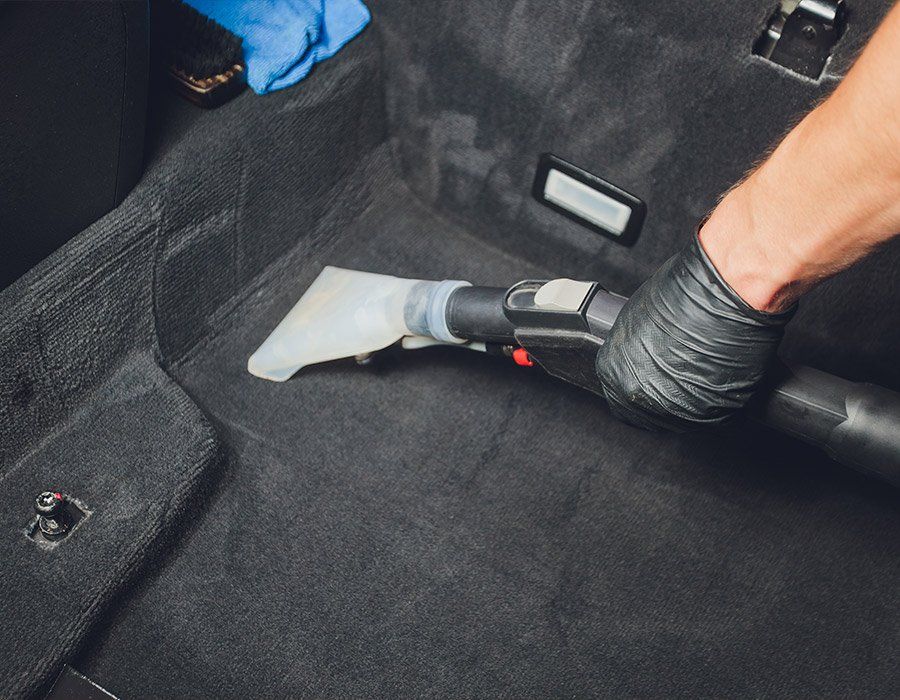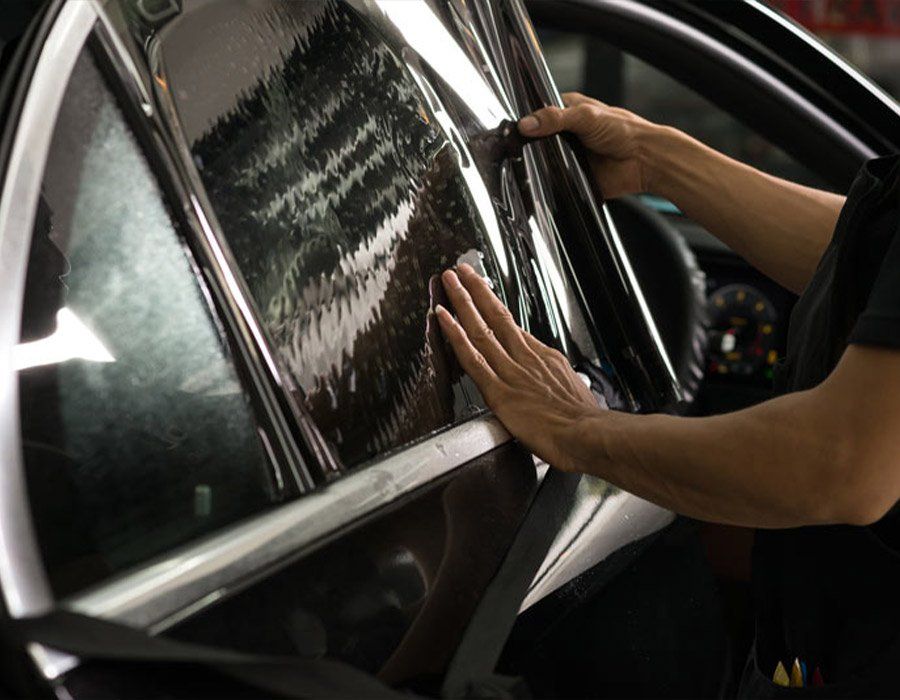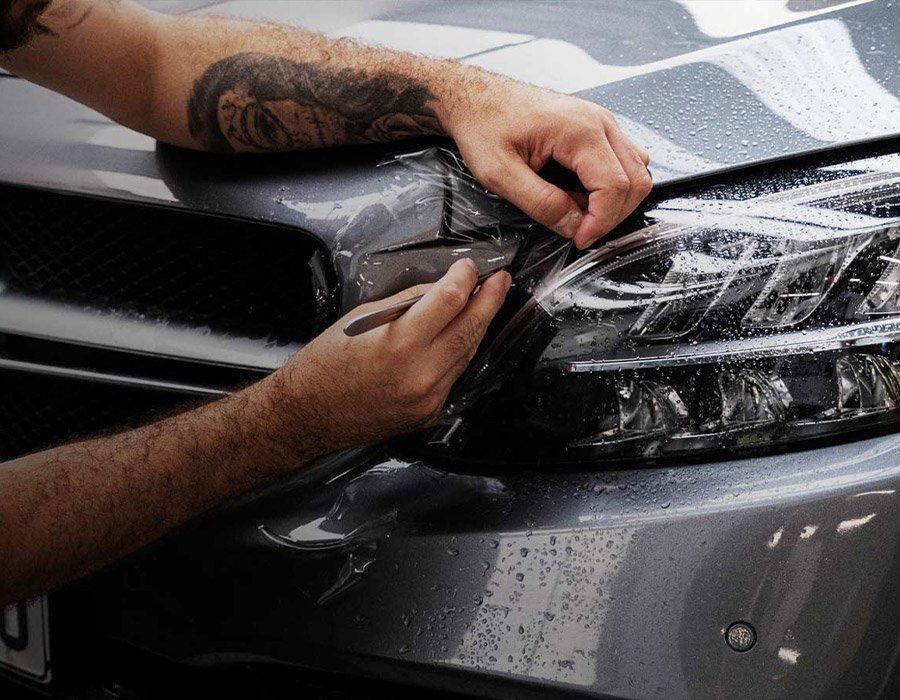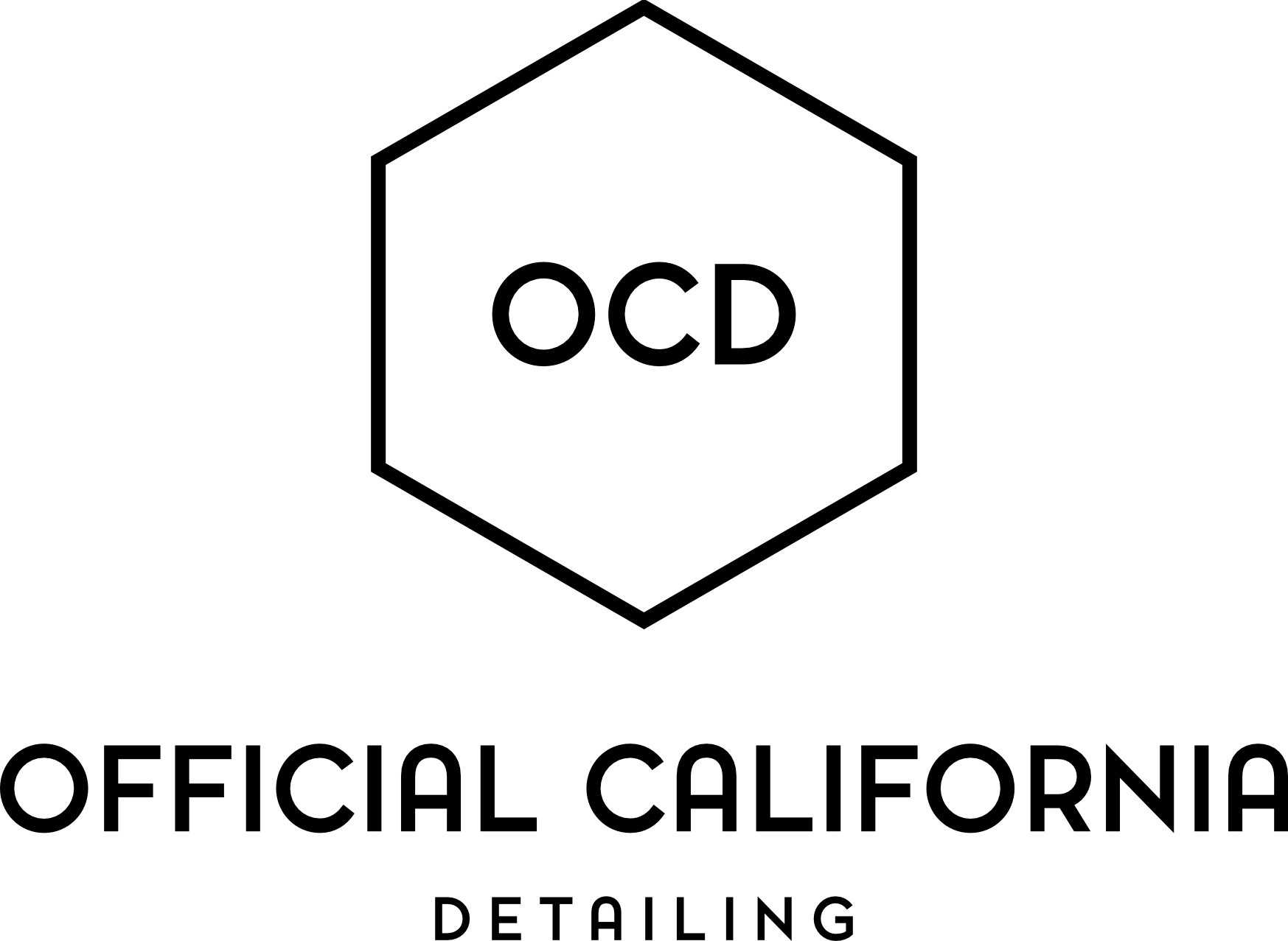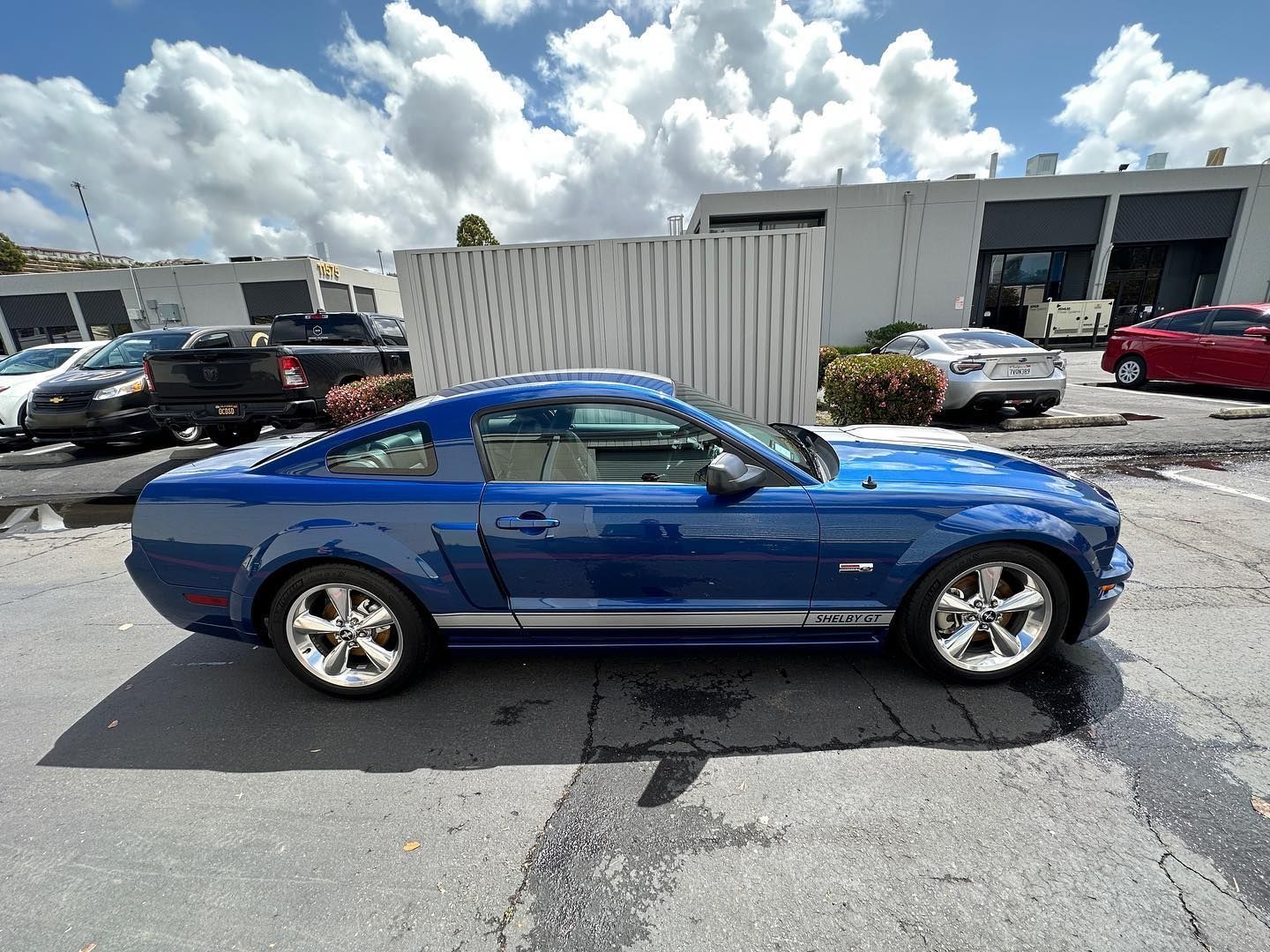Official California Detailing Blog
How Long Does It Take to Cure Ceramic Coating? A Complete Guide
(619) 760-4962 GET A QUOTE NOWAs a rule, we can say that ceramic coatings usually take between one day and three weeks to fully cure. This range is dictated by various factors, like the specifics of the product applied and the nature of the application process. But it's important to remember that this curing time is not just a matter of waiting; it's a crucial phase where the coating hardens, forming a durable protective layer on your vehicle. As surprising as it might sound, planning for the right curing time can make all the difference in ensuring your coating lasts longer and performs better.
The curing time for ceramic coating can vary depending on the specific product used and the application process. It can range from 24 hours to 3 weeks. Proper curing is essential, as it allows the coating to harden and form a protective layer on the vehicle's surface, ultimately enhancing its durability and appearance.
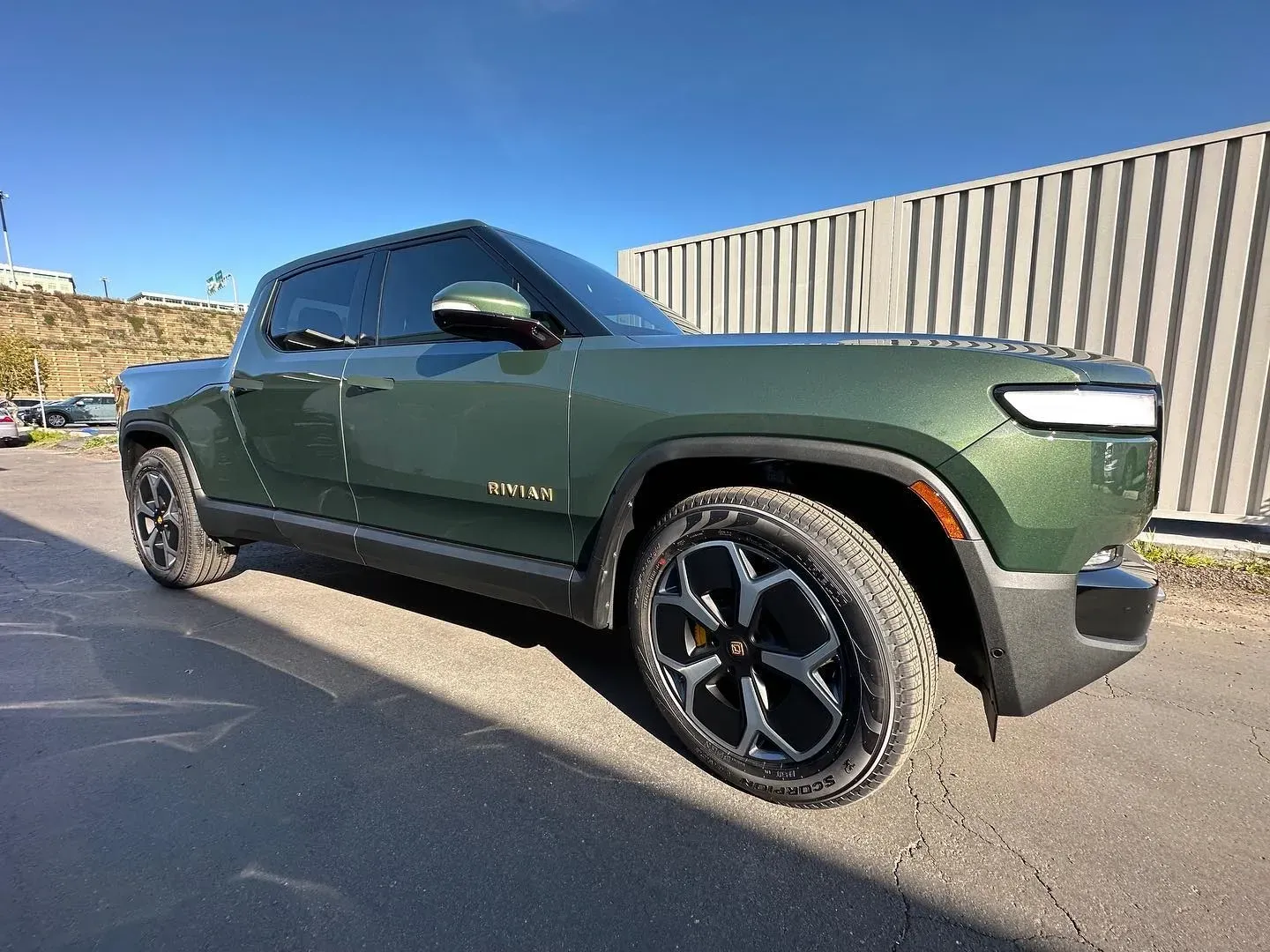
Ceramic Coating Cure Time
Ceramic coating cure time varies depending on key factors such as the specific product used, the application process, and environmental conditions. It's not merely a waiting game—understanding and adhering to proper cure time guidelines is crucial to ensuring that the coating forms a durable and effective protective layer for your vehicle.
Factors Affecting Cure Time
Several external factors can influence how quickly or slowly the curing process occurs. Temperature, humidity levels, dust settling on the coating, exposure to rain or sun, and cold weather all play a role in determining the final curing duration.
Properly understanding these factors will allow you to plan ahead and make arrangements that can facilitate a smoother and faster curing process.
Tips for Faster Cure Time To help speed up the curing process, consider these tips:
- Thoroughly prepare the vehicle's exterior before applying the ceramic coating.
- While curing, ensure that the vehicle is kept in a controlled environment, preferably indoors.
- Pay attention to temperature and humidity levels during application and curing.
- Adequate ventilation is essential for expediting the curing process.
- Always follow the manufacturer's specific recommendations for optimal results.
For instance, if it's wintertime with high humidity levels and frequent rain, it may take longer for the ceramic coating to fully cure. Conversely, during the summer, in dry conditions with ample ventilation and controlled temperatures, the same ceramic coating might cure significantly faster.
Understanding how ceramic coating cure times play such an important role allows us to leverage this knowledge to maintain our vehicles' appearance and protection effectively. By being mindful of environmental conditions and proper application practices, we set ourselves up for an optimally cured ceramic coating that delivers long-lasting results.
Having grasped the impact of external conditions on ceramic coating cure times, let's now examine several key factors that directly influence the duration required for curing.
Factors Influencing Curing Duration
Ceramic coating can be quite particular about the environment it's applied and cured in; little details can make a big difference to the final result. Here are some crucial factors that significantly impact how long it takes for a ceramic coating to cure:
Temperature
The environment's temperature plays a key role in how quickly the ceramic coating cures. Higher temperatures generally lead to faster curing, while colder temperatures can prolong the process. If it's really cold outside, the coating won't be able to cure as quickly, meaning you'll have to wait a bit longer before it's fully set.
Keep in mind that temperature isn't just about how hot or cold it is—it's also about how quickly the temperature changes. So if it's warm enough during the day but gets chilly at night, it could affect the curing process too.
Dust and Contaminants
Even small particles of dust can make it harder for the ceramic coating to cure properly. Dust settling on the coating can affect the curing time and quality, emphasizing the need for a clean environment during application and curing. It's kind of like trying to bake a cake—any speck of dirt will stand out as soon as you apply heat.
Exposure to Elements
Exposure to rain or direct sunlight can also impact the curing process. If the coating is left out in the rain or intense sunlight after application, it can potentially alter the coating's integrity and how well it sets. For example, exposure to water before curing might dilute the coating, making it less effective.
The more closely you can control these conditions, especially temperature and cleanliness, the more likely you are to achieve a successful ceramic coating cure in a reasonable amount of time.
It's all about creating an ideal environment for the coating so that it can set properly and provide your vehicle with long-lasting protection. By paying attention to these factors, you're ensuring that your investment in ceramic coating results in a durable and high-quality finish that will keep your car looking great for years to come.
Impact of Layer Quantity on Curing
When it comes to applying ceramic coatings, the number of layers matters more than you might think. The quantity directly influences the overall curing duration. Essentially, adding more layers broadens and deepens the protective coat on your vehicle's surface.
Think of it as building a sturdy shield around your car—the more layers you add, the stronger the protection. However, this added strength also means that there is a relatively longer period needed for the entire structure to set and cure properly.
It's important to keep in mind that each layer needs its own individual curing period before another layer is added. The curing time can vary depending on factors such as the specific product used, environmental conditions, and application techniques.
Considerations for Multiple Layer Application
Before deciding to add multiple layers of ceramic coating, some key factors should be taken into account:
- Product Specifications: Different ceramic coating products have varying recommendations for curing time between layers. Be sure to thoroughly review and follow the manufacturer's guidelines for optimal results.
- Environmental Conditions: Environmental factors such as temperature and humidity can influence curing times. Warmer temperatures generally lead to faster curing, while colder temperatures may prolong the process.
- Application Technique: The quality and thoroughness of the application play a significant role in determining the effectiveness of each layer. Proper technique ensures that the coating adheres uniformly to the vehicle's surface.
Rushing through layer applications can compromise the overall integrity and performance of the ceramic coating. Rushed or poorly applied layers may not bond effectively or provide consistent coverage, potentially leading to subpar protection.
Taking these factors into account, applying multiple layers requires patience and meticulous attention to detail. Rushing through this process can result in an improperly cured coating that may not deliver the expected longevity and protection.
Advantages of Multi-Layer Application
While multi-layer application extends the overall curing duration, it offers long-term ceramic coating benefits worth considering:
- Enhanced Protection: Each additional layer reinforces the durability and resilience of the ceramic coating, providing enhanced protection against environmental elements and physical damage.
- Extended Longevity: A multi-layered coating is equipped to withstand wear and tear over an extended period, contributing to a durable protective barrier for your vehicle's exterior.
Ultimately, while adding multiple layers increases the curing time, it significantly contributes to elevating the overall effectiveness and longevity of the ceramic coating.
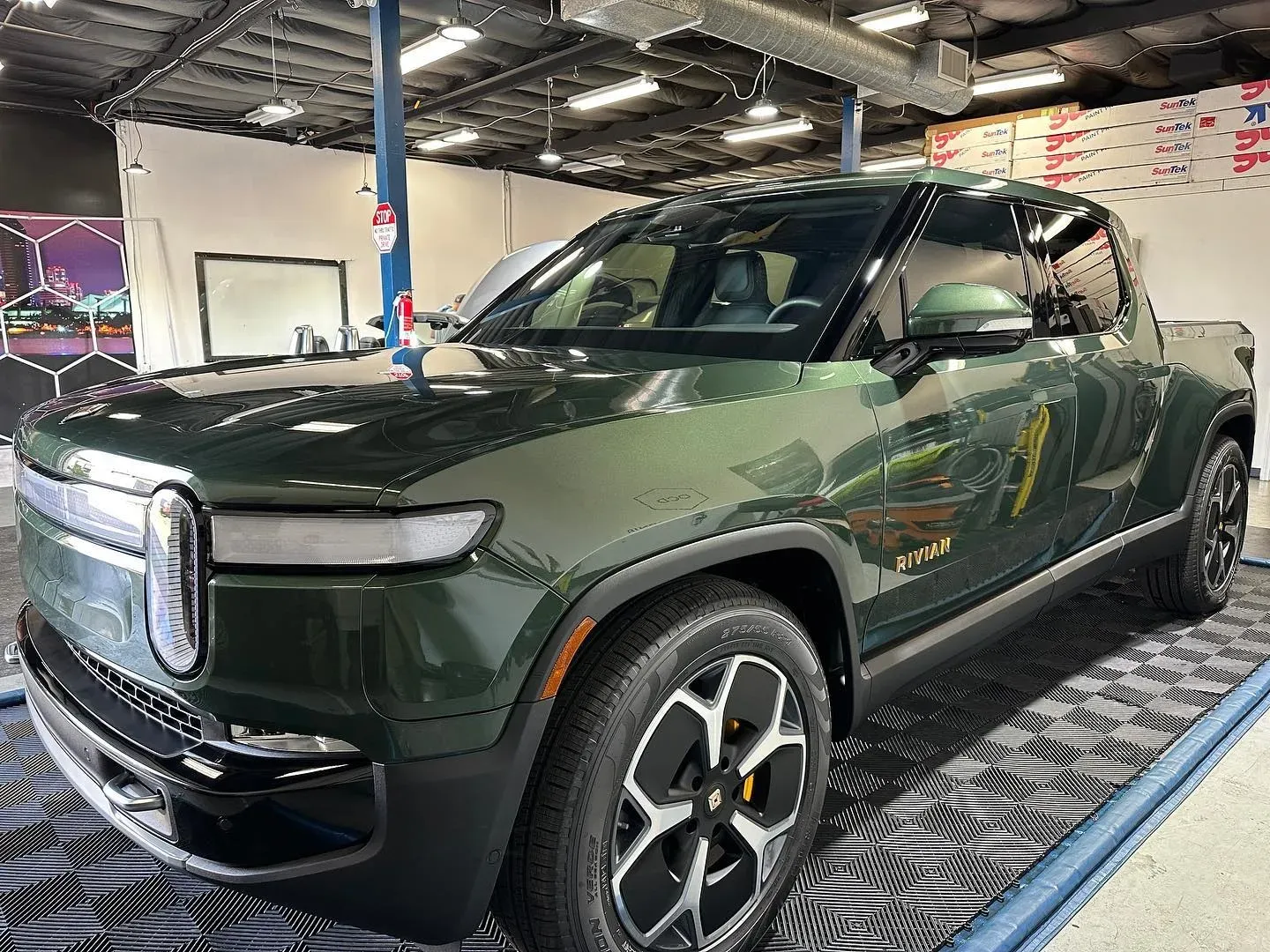
Role of Climate in Ceramic Coating Cure
The climate plays a crucial role in the curing process of ceramic coating. Irrespective of the number of layers applied, if the environmental conditions aren't favorable, the curing process could be compromised.
Humidity Levels
High humidity levels lead to longer curing processes as moisture in the air can interact with the coating, extending its curing time and potentially causing bonding issues with the vehicle’s surface during application. Maintaining moderate humidity levels is crucial for creating an optimal environment for curing ceramic coatings.
Cold Weather
During colder temperatures, curing slows down, prolonging the overall process. Therefore, it's important to take additional precautionary measures to ensure proper curing during cold weather or in regions with lower temperatures. This may involve creating a temperature-controlled environment or using specific tools and techniques designed for cold-weather applications.
While these climate conditions can affect the curing time of ceramic coating, appropriate strategies and adjustments in application techniques according to environmental factors can help mitigate these challenges. By being mindful of these considerations, professionals can optimize the curing process and achieve high-quality results regardless of environmental variations.
Understanding how climate conditions influence the curing process is critical for ensuring the successful application of ceramic coatings. Now, let's take a look into best practices for managing cure times in varying climates for optimal results.
Process of Applying Ceramic Coating
Applying a ceramic coating is a meticulous process that demands patience and attention to detail to achieve optimal results. Here’s a step-by-step breakdown of how to apply ceramic coating:
Surface Preparation
The first and perhaps most crucial step is preparing the surfaces for coating. Ensuring that the vehicle's surface is thoroughly cleaned and decontaminated before any product application is essential. Dirt, grease, and other contaminants can impede the bonding of the ceramic coating, affecting its overall durability and lifespan. This involves rigorous washing, possibly claying or using an iron remover, as well as inspecting and correcting surface imperfections through polishing if necessary.
Application
Once the surface is fully prepped, it's time for the star of the show—applying the ceramic coating. This is essentially a delicate dance; you’ll want to maneuver through each panel with precision and care. Carefully following the specific instructions of the product is crucial here. Whether it’s spraying, dropping, or wiping it onto the surface, it is important to ensure that every bit is spread evenly. Think of it like carefully painting your car all over again—each stroke matters.
Curing
After skillfully applying the coating, it's time for a period of curing in a controlled environment. Curing refers to allowing the coating to harden and become a protective layer for your vehicle. This step is vital, as it directly impacts the longevity and effectiveness of the ceramic coating. Patience is key here because rushing through this could compromise all your previous efforts and investments. Remember: good things take time!
By following these precise steps with meticulous attention, you'll set your vehicle up for long-lasting protection and a stunning shine that will turn heads on every street corner.
Preserving Coating for Extended Longevity
A properly cured ceramic coating can offer incredible protection for your vehicle's paintwork, enhancing its gloss and preventing damage from environmental factors. However, it's equally important to maintain the coating to ensure its longevity.
Use of Maintenance Products
Regular use of maintenance products recommended by the coating manufacturer is essential for preserving the coating. These products are specifically designed to complement the properties of the ceramic coating, providing an additional layer of defense against contaminants and UV rays. They can help in maintaining the hydrophobic and self-cleaning properties of the coating, ensuring that dirt and grime do not adhere to the surface.
Proper Cleaning Techniques
Using appropriate cleaning materials and techniques is crucial to preventing premature deterioration of the ceramic coating. Microfiber towels are gentle on the coated surface, effectively lifting dirt without causing scratches. Specialized shampoos formulated for ceramic coatings help maintain the integrity of the protective layer without compromising its performance.
Regular inspection for wear and tear, addressing contaminants promptly, and avoiding immediate washing after the curing process are all essential practices for maintaining the longevity of the ceramic coating. By conducting regular inspections, any signs of wear and tear can be addressed promptly, preventing further damage to the coating.
Contaminants such as bird droppings or tree sap should be removed as soon as possible to prevent them from bonding with the coating. Additionally, it's important to avoid immediate car washing after the curing process to allow the coating to fully set and achieve maximum durability.
Our automotive detailing service specializes in precision paint correction and automotive ceramic coatings. We provide expertise and guidance on efficient curing processes and offer ceramic coating maintenance tips tailored to ensure long-lasting protection for your vehicle's paintwork. With our comprehensive range of services, you can rest assured that your vehicle will maintain its shine and durability for years to come.
For expert guidance on protecting your vehicle's paintwork with efficient curing processes and personalized maintenance tips, don't hesitate to contact us today!
